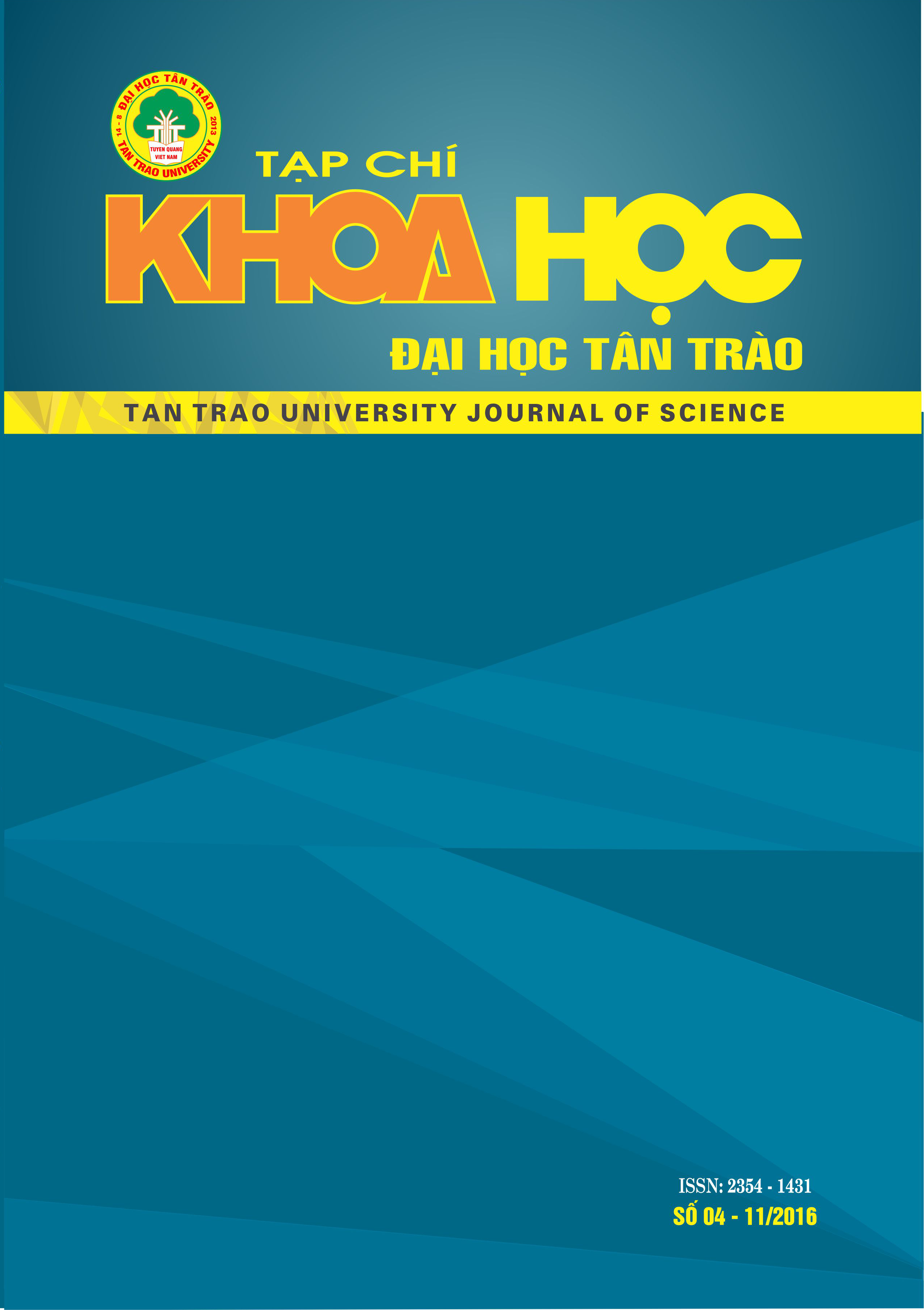On seasonal change’s festivals of the peoples in Southeast Asia
DOI:
https://doi.org/10.51453/2354-1431/2016/91Keywords:
seasonal change’s estivals; Southeast AsiaAbstract
Though there are some differences on the details, New year ceremonies and festivals of many peoples of Southeast Asia, are really festivals to mark seasonal changes: climate season and business season. New year time of many peoples of Southeast Asia is a “rest season” not only of not
only climate, but also business season. Up to now, in Vietnam Central Highlands, after the harvest in the last month (tenth month) of the lunar year, nearly all ethnicities here come to the time of rest
lasted two months. These two months are called not eleventh and twelfth, but “the rest months”
(“ning nơng khei”). The rest months of Vietnam Central Highlands ethnicities fall on March and April. This time is a New year festival time of many peoples in Southeast Asia: Songkran of Thai in
Thailand falls on the 12th, 13th and 14thof April; Khmers in Cambodia usually celebrate their new
year days on 13thof April and the festival lasts for three days; Songkal of Laos corresponds to the
mid April; Rija Nưgar of Chams in Vietnam falls in the end of April or in the first days of May…
Moreover, the word “Songkran” or “Songkal” (Sankranti in Sanskrit or Sankhara in Pali) means the
* Phó Giáo sư, Tiến sĩ - Viện Nghiên cứu Đông Nam Á
TAN TRAO UNIVERSITY JOURNAL OF SCIENCE
54 No.04_November 2016
shift of the sun from one sign of zodiac to another. Sonkran and Songkal is fixed by astrological
calculation when the sun moves out of the sign of Pisces into the sign of Aries.
The time of nearly all these seasonal change’s festivals falls on the end of dry season,
when the harvest is already finished, the rain season is not yet coming. In this quite long seasonal
change’s time, the peoples have all necessary conditions and enough of everything: food and free
time, for celebrating their new year festivals. So, the seasonal change’s festival is the most special
traditional festival of the peoples in Southeast Asia. During the festival’s days, many typical
ceremonies and games ofwet rice cultivation’s peoples, such as cleaning houses aswell as public
places, making offerings to ancestors, releasing of birds and fish, throwing water at one another…
are taken place.
So, we can say that seasonal change’s festivals play a vital role in many agricultural societies
in Southeast Asia, where regular and adequate rainfall isessential to the well-being of the people.
Downloads
Downloads
Published
How to Cite
Issue
Section
License

This work is licensed under a Creative Commons Attribution-ShareAlike 4.0 International License.
All articles published in SJTTU are licensed under a Creative Commons Attribution-ShareAlike 4.0 International (CC BY-SA) license. This means anyone is free to copy, transform, or redistribute articles for any lawful purpose in any medium, provided they give appropriate attribution to the original author(s) and SJTTU, link to the license, indicate if changes were made, and redistribute any derivative work under the same license.
Copyright on articles is retained by the respective author(s), without restrictions. A non-exclusive license is granted to SJTTU to publish the article and identify itself as its original publisher, along with the commercial right to include the article in a hardcopy issue for sale to libraries and individuals.
Although the conditions of the CC BY-SA license don't apply to authors (as the copyright holder of your article, you have no restrictions on your rights), by submitting to SJTTU, authors recognize the rights of readers, and must grant any third party the right to use their article to the extent provided by the license.


